-
Executive Summary
-
Introduction
-
Definition
-
Scope of the Study
-
Assumptions
-
Market Structure
-
Research Methodology
-
Research Process
-
Primary Research
-
Secondary Research
-
Market Size Estimation
-
Forecast Model
-
Market Dynamics
-
Drivers
- Increasing Consumption of Meat and Poultry
- Growth in the Retail Sectors/Increasing Number of Retails Outlets
- Increased Government Policies Regarding Food Safety
-
Impact Analysis
-
Restraints
- Added Cost of the Products
- Stringent Regulations on Packaging Material Waste and Recycling
-
Impact Analysis
-
Opportunities
- Preference to Bio-Degradable and Recyclable Packaging
- Integration with Smart Packaging Techniques
-
Market Factor Analysis
-
Porter''s Five Forces Analysis
- Threat of New Entrants
- Bargaining Power of Suppliers
- Bargaining Power of Buyers
- Threat of Substitutes
- Segment Rivalry
-
Value Chain Analysis
- Raw Material Supply
- Manufacture
- Distribution
- End-Use
-
Global Vacuum Skin Packaging Market, by Material
-
Polyethylene (PE)
-
Polypropylene (PP)
-
Polyvinyl Chloride (PVC)
-
Others
-
Global Vacuum Skin Packaging Market, by Application
-
Introduction
-
Meat
-
Poultry
-
Cheese
-
Others
-
Global Vacuum Skin Packaging Market, by Region
-
Introduction
-
North America
-
1 US
- Canada
-
Europe
- Germany
- UK
- France
- Spain
- Italy
- Rest of Europe
-
APAC
- China
- Japan
- India
- Rest of APAC
-
Rest of the World (RoW)
- South America
- Middle East & Africa
-
Competitive Scenario
-
Competitive Landscape
-
Company Profiles
-
DuPont
- Company Overview
- Financial Overview
- Products/Services Offered
- Key Strategies
- SWOT Analysis
-
Amcor Ltd.
- Company Overview
- Financial Overview
- Products/Services Offered
- Key Strategies
- SWOT Analysis
-
Sealed Air Corporation
- Company Overview
- Financial Overview
- Products/Services Offered
- Key Strategies
- SWOT Analysis
-
Berry Global Group, Inc.
- Company Overview
- Financial Overview
- Products/Services Offered
- Key Strategies
- SWOT Analysis
-
Bemis Company Inc.
- Company Overview
- Financial Overview
- Products/Services Offered
- Key Strategies
- SWOT Analysis
-
Linpac Packaging Limited
- Company Overview
- Financial Overview
- Products/Services Offered
- Key Strategies
-
G. Mondini SpA
- Company overview
- Financial Overview
- Products/Services Offered
- Key Strategies
-
Green Packaging Material (Jiangyin) Co., Ltd
- Company Overview
- Financial Overview
- Products/Services Offered
- Key Strategies
-
Plastopil Hazorea Company Ltd
- Company Overview
- Financial Overview
- Products/Services Offered
- Key Strategies
-
List of Tables
-
Global Vacuum Skin Packaging Market, by Material, 2023-2032 (USD Million)
-
Global Vacuum Skin Packaging Market, by Application, 2023-2032 (USD Million)
-
Global Vacuum Skin Packaging Market, by Region, 2023-2032 (USD Million)
-
North America: Vacuum Skin Packaging Market, by Country, 2023-2032(USD Million)
-
North America: Vacuum Skin Packaging Market, by Material, 2023-2032(USD Million)
-
North America: Vacuum Skin Packaging Market, by Application, 2023-2032(USD Million)
-
US: Vacuum Skin Packaging Market, by Material, 2023-2032 (USD Million)
-
US: Vacuum Skin Packaging Market, by Application, 2023-2032 (USD Million)
-
Canada: Vacuum Skin Packaging Market, by Material, 2023-2032 (USD Million)
-
Canada: Vacuum Skin Packaging Market, by Application, 2023-2032 (USD Million)
-
Europe: Vacuum Skin Packaging Market, by Country, 2023-2032 (USD Million)
-
Europe: Vacuum Skin Packaging Market, by Material, 2023-2032 (USD Million)
-
Europe: Vacuum Skin Packaging Market, by Application, 2023-2032 (USD Million)
-
Germany: Vacuum Skin Packaging Market, by Material, 2023-2032 (USD Million)
-
Germany: Vacuum Skin Packaging Market, by Application, 2023-2032 (USD Million)
-
UK: Vacuum Skin Packaging Market, by Material, 2023-2032 (USD Million)
-
UK: Vacuum Skin Packaging Market, by Application, 2023-2032 (USD Million)
-
French Meat Production, Consumption and Export Sales, 2013 (in Thousands of Tonnes CWE)
-
France: Vacuum Skin Packaging Market, by Material, 2023-2032 (USD Million)
-
France: Vacuum Skin Packaging Market, by Application, 2023-2032 (USD Million)
-
Spain: Vacuum Skin Packaging Market, by Material, 2023-2032 (USD Million)
-
Spain: Vacuum Skin Packaging Market, by Application, 2023-2032 (USD Million)
-
Italy: Vacuum Skin Packaging Market, by Material, 2023-2032 (USD Million)
-
Italy: Vacuum Skin Packaging Market, by Application, 2023-2032 (USD Million)
-
Rest of Europe: Vacuum Skin Packaging Market, by Material, 2023-2032(USD Million)
-
Rest of Europe: Vacuum Skin Packaging Market, by Application, 2023-2032(USD Million)
-
APAC: Vacuum Skin Packaging Market, by Country, 2023-2032 (USD Million)
-
APAC: Vacuum Skin Packaging Market, by Material, 2023-2032 (USD Million)
-
APAC: Vacuum Skin Packaging Market, by Application, 2023-2032 (USD Million)
-
China: Vacuum Skin Packaging Market, by Material, 2023-2032 (USD Million)
-
China: Vacuum Skin Packaging Market, by Application, 2023-2032 (USD Million)
-
Japan: Vacuum Skin Packaging Market, by Material, 2023-2032 (USD Million)
-
Japan: Vacuum Skin Packaging Market, by Application, 2023-2032 (USD Million)
-
India’s Exports of Meat and Meat Products
-
India: Vacuum Skin Packaging Market, by Material, 2023-2032 (USD Million)
-
India: Vacuum Skin Packaging Market, by Application, 2023-2032 (USD Million)
-
Rest of APAC: Vacuum Skin Packaging Market, by Material, 2023-2032 (USD Million)
-
Rest of APAC: Vacuum Skin Packaging Market, by Application, 2023-2032(USD Million)
-
Rest of the World: Vacuum Skin Packaging Market, by Region, 2023-2032 (USD Million)
-
Rest of the World: Vacuum Skin Packaging Market, by Material, 2023-2032 (USD Million)
-
Rest of the World: Vacuum Skin Packaging Market, by Application, 2023-2032 (USD Million)
-
South America: Vacuum Skin Packaging Market, by Material, 2023-2032(USD Million)
-
South America: Vacuum Skin Packaging Market, by Application, 2023-2032(USD Million)
-
The Middle East & Africa: Vacuum Skin Packaging Market, by Material, 2023-2032 (USD Million)
-
The Middle East & Africa: Vacuum Skin Packaging Market, by Application, 2023-2032 (USD Million)
-
List of Figures
-
Research Process of MRFR
-
Top-Down and Bottom-Up Approach
-
Drivers, Restraints, and Trends in the Global Vacuum Skin Packaging Market
-
World Food Consumption of Meat, 1964/66–2015 (KG Per Capita, Carcass Weight Equivalent)
-
Developing Countries Consumption of Meat, 1964/66–2015 (KG per Capita, Carcass Weight Equivalent)
-
Total Growth of Retail Industry in the UK
-
Growth Drivers: Impact Analysis
-
Growth Barriers: Impact Analysis
-
Porter''s Five Forces Analysis of Global Vacuum Skin Packaging Market
-
Global Vacuum Skin Packaging Market Size, by Material, 2023-2032 (USD Million)
-
Red Meat Consumption (in Pounds)
-
Poultry Consumption (in Pounds)
-
Commercial Fish and Shell-Fish Consumption (In Pounds)
-
Global Vacuum Skin Packaging Market, by Application, 2023-2032 (USD Million)
-
Global Vacuum Skin Packaging Market, by Region, 2023-2032 (USD Million)
-
Growth Strategies Adopted by Key Players in Global Vacuum Skin Packaging Market, 2014–2023, (%)
-
DuPont: Geographic Revenue Mix, 2023 (%)
-
Amcor Limited: Total Revenue vs Segmental Revenue (USD Million)
-
Amcor Limited: Geographic Revenue Mix, 2023 (%)
-
Amcor Limited: Key Developments, 2023-2032(%)
-
Sealed Air: Total Revenue vs Segmental Revenue (USD Million)
-
Sealed Air: Geographic Revenue Mix, 2023 (%)
-
Berry Global Inc.: Total Revenue vs Segmental Revenue (USD Million)
-
Berry Global Inc.: Geographic Revenue Mix, 2023 (%)
-
Bemis Company, Inc.: Total Revenue vs Segmental Revenue (USD Million)
-
Bemis Company, Inc.: Geographic Revenue Mix, 2023 (%)
-
Green Packaging Material (Jiangyin) Co., Ltd: Key Developments, 2023-2032(%)
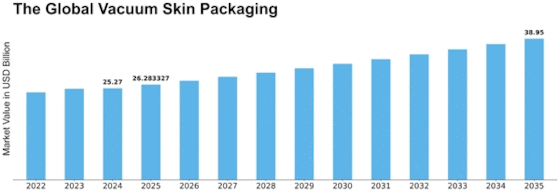

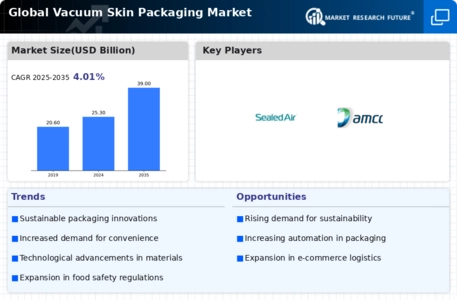
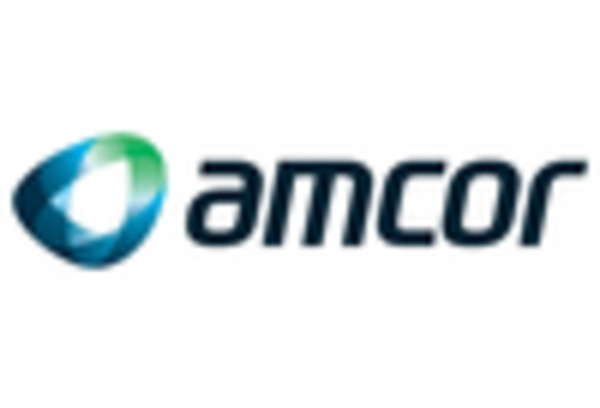
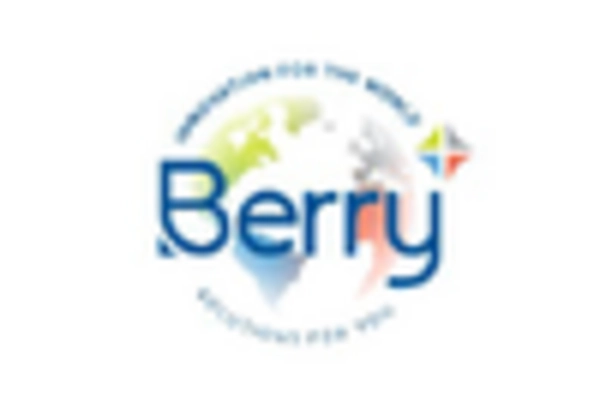
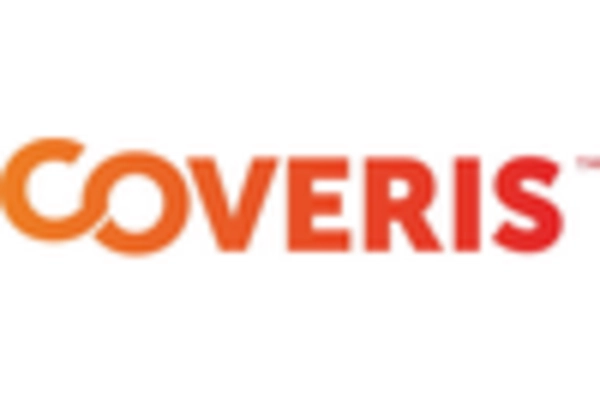
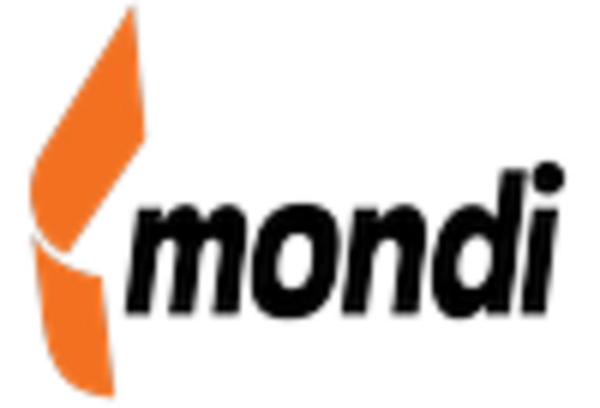
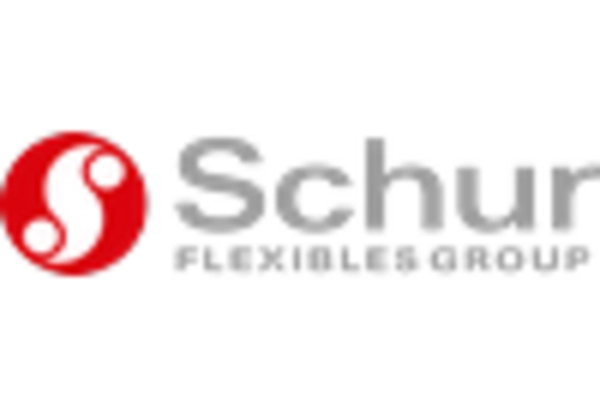
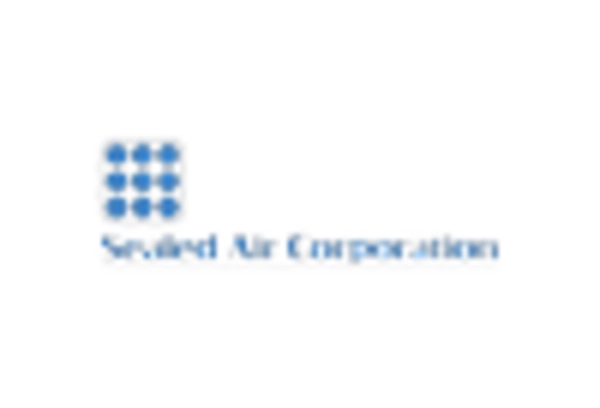









Leave a Comment